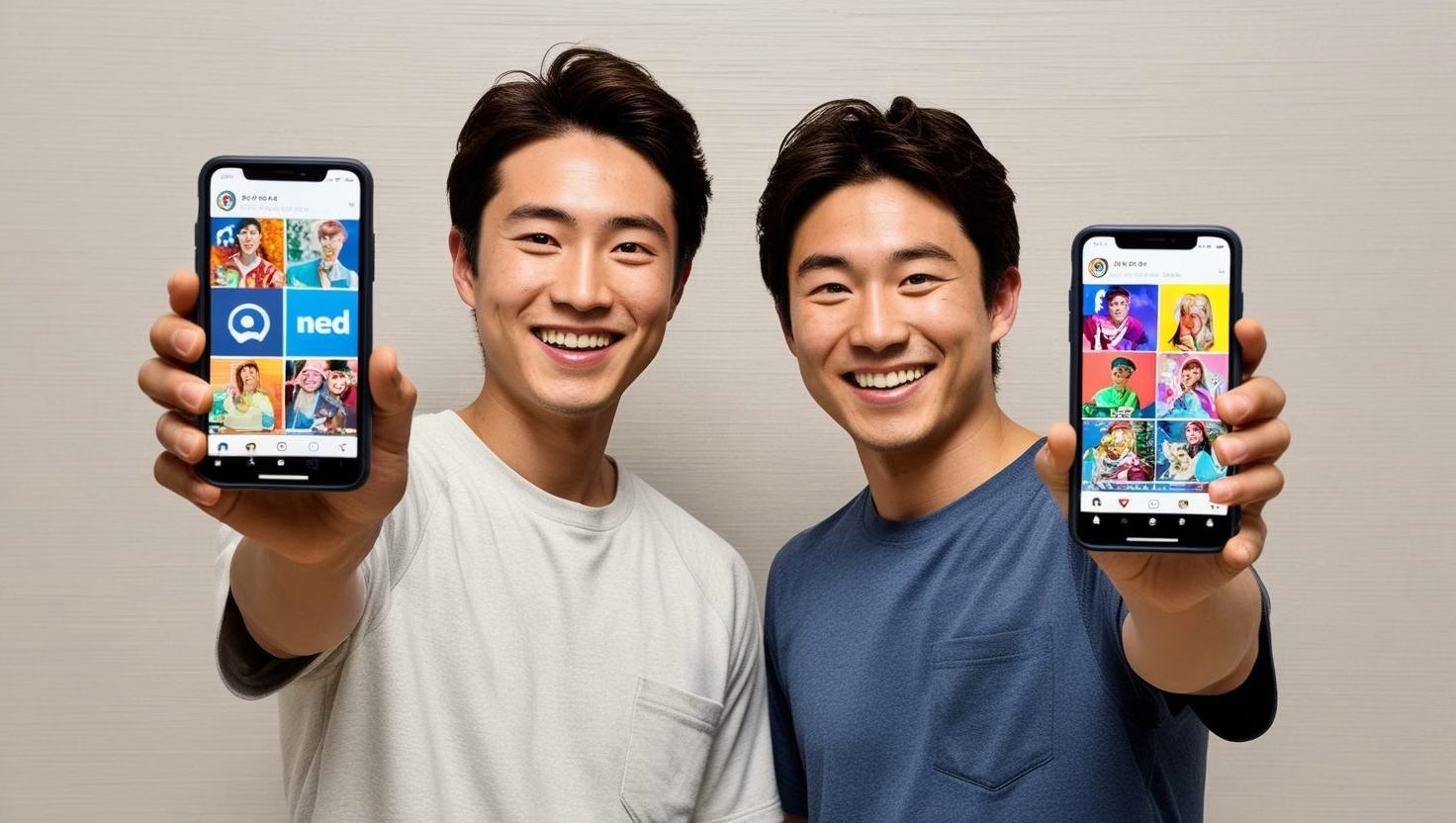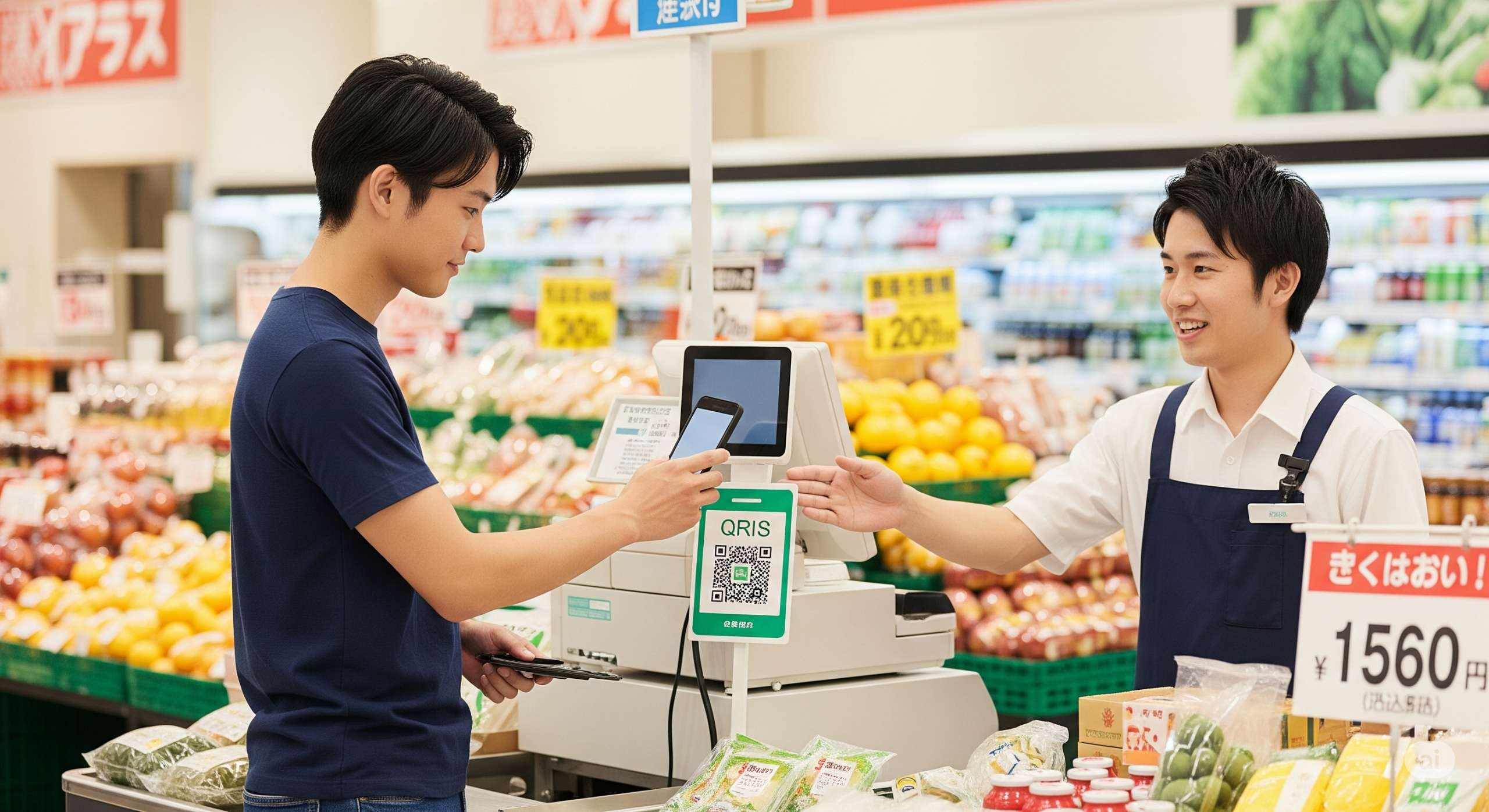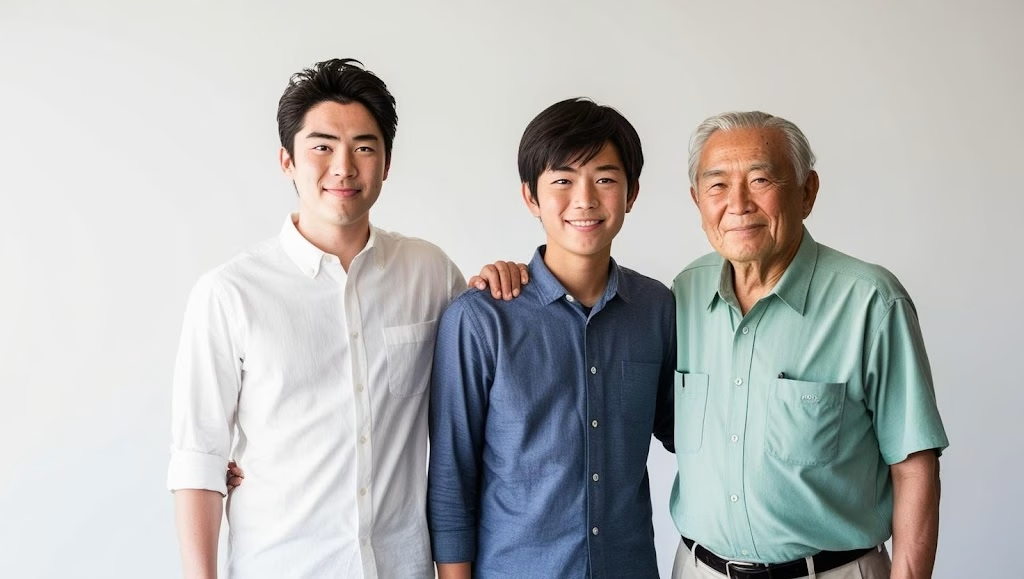Japan, a country with a unique culture and advanced technology, has an interesting social media landscape that is different from Western countries. Although international platforms such as Facebook and Instagram are also used, several domestic platforms dominate and reflect the habits and preferences of Japanese users.
Based on the results of the 2020 Japanese Ministry of Internal Affairs and Communications Survey on Information and Communication Media Usage Time and Information Behavior, LINE (90.3%) ranked first in social media usage across all age groups, followed by YouTube (85.2%), Twitter and Instagram (42.3%), and Facebook (31.9%). Let's explore more about popular social media that are widely used by Japanese people.
LINE Becomes Champion
LINE ranks first in social media widely used by Japanese people with the number of LINE monthly active users in Japan being around 92 million (as of September 2022), which is the largest number of users so far. In Japan, most Japanese people use it as a communication tool. In addition, by operating an official LINE account, you can use it as a communication tool and send information to target users.
It’s not just an instant messaging app; LINE is a super-app that is integral to the daily lives of Japanese people. Beyond just texting and voice/video calls, LINE offers a variety of other features such as:
LINE Official Account: Many businesses and organizations use official LINE accounts to communicate with customers, provide promotional information, and offer customer service. It has become the primary communication channel between businesses and consumers in Japan.
LINE Pay: A digital payment service integrated with LINE, facilitating online and offline transactions. It has become one of the most popular mobile payment systems in Japan.
LINE Points: A loyalty points system that can be exchanged for various goods and services. This encourages users to stay active on the platform.
LINE Games: The variety of mobile games available on the platform increases user engagement.
LINE News: A curated source of up-to-date news and information.
The integration of these features makes LINE a very versatile and indispensable application for many Japanese users. Its popularity exceeds other instant messaging platforms, making it the center of digital activity for a large part of the population.
Why is LINE so strong?
There are several reasons why LINE is so popular in Japan:
Easy to use: LINE's interface is simple and intuitive, suitable for all ages.
Full features: Besides chat, LINE also has interesting features such as stickers, news, and payments.
Strong community: Many groups and communities have formed on LINE, making users feel more connected.

YouTube: The Champion of Entertainment
YouTube as the second largest video sharing platform in the world. There is content in various genres that are basically free and easy to access. You can also enjoy videos from YouTubers not only from Japan but also from all over the world.
The video-sharing platform is extremely popular around the world, including in Japan. Many Japanese content creators have found success on YouTube, producing content ranging from beauty and cooking tutorials to gaming and vlogging. Certain subcultures and communities in Japan are also active on YouTube, creating unique and engaging content for their audiences. YouTube has also become a major platform for companies to promote their products and services through advertising and marketing videos.
Twitter (X): The News Champion
If you want to update the latest news, Twitter is the right choice of social media. In Japan, Twitter is even more popular than Facebook. The reason? Many users like the anonymity feature on Twitter.
Twitter is an interesting social media that has high spreading power. Not only individuals and businesses, this social media is also used by the government. Twitter tends to have a high usage rate among young people who are sensitive to trends.
Despite its name change to X, Twitter remains a very popular microblogging platform in Japan. Its usage is very broad, ranging from breaking news, political discussions, to sharing everyday information.
The uniqueness of Twitter usage in Japan lies in the very intensive and often specific use of hashtags (#), creating a focused and organized online community. Many public figures, celebrities, and companies use Twitter to interact directly with their fans and customers.
The openness and speed of information dissemination make Twitter an important source of news for many Japanese. In addition, Twitter is often used for product and service promotions, as well as targeted marketing campaigns. The ability to follow multiple accounts, both individuals and organizations, allows users to curate information that suits their interests.
Instagram Remains Popular
Although LINE is number one, Instagram also doesn't want to lose. This photo-sharing platform is still widely used by many people to find entertainment, information, and shopping.
Instagram allows you send information visually through photos and videos. The main users are aged 20s to 40s. This social media is especially suitable for image-oriented products.
Despite being a global platform, Instagram is also a very popular social media in Japan. Its usage is similar to other countries, with a focus on sharing photos and videos. However, there are some interesting differences:
Focus on aesthetics: Japanese users tend to prioritize aesthetics and visual quality in their posts. Well-polished photos and videos, with good composition and editing, are more common.
The influence of celebrities and influencers: Influencer marketing is very influential in Japan, and Instagram has become a major platform for influencers to interact with their followers and promote products.
Trends and challenges: Instagram in Japan also follows global trends and challenges, but often with unique interpretations and adaptations to suit Japanese culture.
Facebook: Professional Connections
Facebook has the largest number of users in the world, but the number of users in Japan is decreasing. Usually accounts are registered under real names, making it easy to connect with people you know from work, family, friends, and so on.
Facebook usage in Japan is not as widespread as in Western countries. While it still has a sizable user base, its popularity is not comparable to LINE or Twitter. Facebook tends to be used by older people or for professional connections. The use of Facebook for sharing personal life tends to be lower compared to other social media platforms.
TikTok: Champions For Youth
TikTok is a social media that is rapidly gaining popularity not only in Japan but all over the world. TikTok allows you to send short videos. The number of users has been increasing steadily in recent years, and is said to currently exceed 10 million people. Its users are mostly in their 10s to 20s..
Just like YouTube, TikTok is also very popular in Japan. This short video sharing app has become a platform for content creators to show their creativity through various video formats, from dance challenges to comedy and tutorials. Trends and challenges on TikTok often go viral and spread widely in Japan, forming a dynamic pop culture.
Other Popular Social Media
Besides that, there are several social media that are quite popular in Japan, namely:
note: one of the popular social media in Japan. note is blogging platform which is text-centric and lets you embed images, videos, social media posts, and more.
Pinterest: visual exploration platform where you can search for images and videos and find pictures and ideas for life and business. In Japan, the number of users is in their late 10s to 20s., known as Generation Z and Millennials, are on the rise.
Mastodon: popular social media alternative to Twitter. Mastodon's specifications are very similar to Twitter. After Twitter was acquired by Elon Musk, many users switched to Mastodon. The difference with Twitter is the number of characters and the presence or absence of ads.
Walking: While not as popular as it once was, Mixi still holds a special place in the hearts of some Japanese users, especially the older generation. Mixi is the oldest social networking platform in Japan, and while it has lost some of its popularity to newer platforms, it still maintains a loyal user base. Mixi’s community features and focus on user interaction are hallmarks.
Conclusion
The social media landscape in Japan offers an interesting mix of global and domestic platforms. LINE dominates as the hub of everyday digital activity, while Twitter and Instagram remain important platforms for sharing information and visual content. YouTube and TikTok provide a platform for Japanese content creators to share their talents and creativity. These differences in social media usage reflect the unique culture and habits of the Japanese people, who value aesthetics, personal connections, and efficiency. Understanding these differences in social media usage is essential for anyone looking to engage with the Japanese market or understand its digital culture. Social media usage in Japan is constantly evolving, with new platforms emerging and existing ones evolving to meet the needs and preferences of users.
















